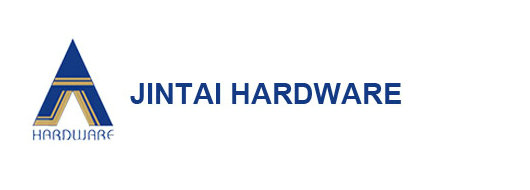Brass is mainly a copper-based alloy with zinc as the main alloying element and is named after its yellow color. Brass
has beautiful color, good process and mechanical properties, high
electrical conductivity and thermal conductivity, corrosion resistance
in atmosphere, fresh water and seawater, easy cutting and polishing,
good weldability and low price. It
is widely used in the production of conductive, heat-conducting
elements, corrosion-resistant structural parts, elastic elements,
daily-use hardware, and decorative materials. Brass
can be divided into two categories; binary alloys containing only zinc,
collectively known as ordinary brass or simple brass; and the second
category containing elements such as lead, tin, iron, manganese,
aluminum, silicon, in addition to alloying elements. Nickel and other elements, respectively called lead brass,
aluminum brass, etc., collectively known as special brass or complex
brass.
Bronze
is one of the earliest alloys used in history. Originally referred to
as copper-tin alloy, it is called bronze because it is grayish-gray. In
order to improve the process performance and mechanical properties of
the alloy, most of the bronzes are also alloyed with other alloying
elements such as lead, zinc, and phosphorus. Since
tin is a scarce metal, many tin-free, tin-free bronzes are also used in
the industry, which are not only inexpensive but also have the required
special properties. Wuxi bronze mainly includes aluminum bronze, beryllium bronze, manganese bronze and silicon bronze. There are also more complicated ternary or quaternary bronzes. Copper alloys other than brass and cupronickel (copper-nickel alloys) are called bronzes. Tin
bronze has high mechanical properties, good corrosion resistance and
good casting properties; it has low sensitivity to overheating and gas,
good welding performance, no ferromagnetism, and low shrinkage factor. Tin bronze has higher corrosion resistance in atmosphere, seawater, fresh water and steam than brass. Aluminum
bronze has higher mechanical properties than tin bronze and is
wear-resistant, corrosion-resistant, cold-resistant, heat-resistant,
non-ferromagnetic, has good fluidity, and does not tend to segregate, so
dense castings can be obtained. Adding elements such as iron, nickel, and manganese to aluminum bronze can further improve various properties of the alloy. Bronze is also divided into two major categories of pressure processing and casting products.
CATEGORIES
Latest news
- FB090/FB092 Wrapped Bronze Bearings
- Shock Absorber Upper & Lower Bush
- Hollow Shaft Magnetic Ferrofluid Vacuu
- Bronze Sliding Du Bush Bearing, Bronze
- Magnetic Ferrofluid Vacuum Sealing Fee
- Metal-polymer,Low Friction,Plain Beari
Contact us
- ADD: No.503,Hunan International Commerce Center, Jintai Square,Changsha 410001,Hunan
- TEL: 86-731-84770165
- FAX: 86-731-84770163
- E-mail: sales4@@slide-bearing.com

